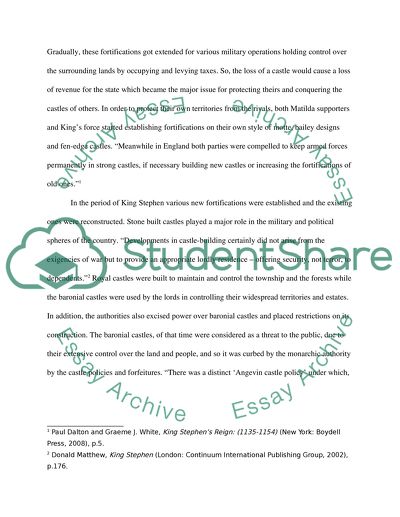Cite this document
(“The military, political and social importance of the castle in King Essay”, n.d.)
The military, political and social importance of the castle in King Essay. Retrieved from https://studentshare.org/history/1465917-the-military-political-and-social-importance-of-the-castle-in-king-stephens-reign
The military, political and social importance of the castle in King Essay. Retrieved from https://studentshare.org/history/1465917-the-military-political-and-social-importance-of-the-castle-in-king-stephens-reign
(The Military, Political and Social Importance of the Castle in King Essay)
The Military, Political and Social Importance of the Castle in King Essay. https://studentshare.org/history/1465917-the-military-political-and-social-importance-of-the-castle-in-king-stephens-reign.
The Military, Political and Social Importance of the Castle in King Essay. https://studentshare.org/history/1465917-the-military-political-and-social-importance-of-the-castle-in-king-stephens-reign.
“The Military, Political and Social Importance of the Castle in King Essay”, n.d. https://studentshare.org/history/1465917-the-military-political-and-social-importance-of-the-castle-in-king-stephens-reign.


